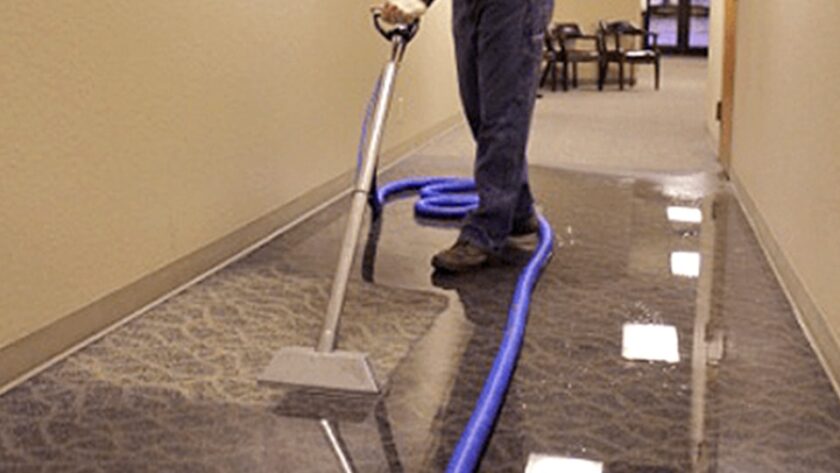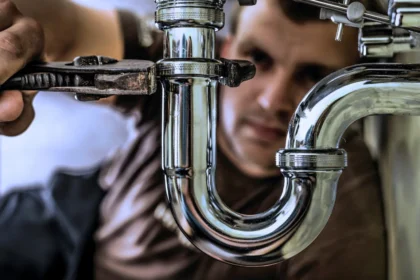Water damage is one of the most challenging disasters property owners can face. Whether caused by flooding, burst pipes, or severe weather, the aftermath can be overwhelming. Structural deterioration, mold growth, and water contamination are just a few of the risks that come with prolonged exposure to moisture. However, with the right approach, effective restoration for water damage can bring homes and businesses back to life. This article explores expert insights into the repair, restoration, and rebuilding process after water damage.
Understanding the Impact of Water Damage
Water damage goes beyond visible wet surfaces; it weakens structural components, compromises indoor air quality, and can create hazardous living or working conditions. Ignorance of this could result in:
- Mold and Mildew Growth: Moist environments encourage the spread of mold, which can cause health issues.
- Structural Weakening: Water can rot wood, erode concrete, and damage drywall, reducing a building’s integrity.
- Electrical Hazards: Water intrusion near outlets and wiring increases the risk of electrical failures and fires.
- Loss of Valuables: Personal belongings, furniture, and important documents may be permanently damaged.
The longer water sits, the worse the damage becomes, making immediate action essential.
Step 1: Immediate Repair – Stopping the Damage
The first priority in water damage recovery is to control the source and prevent further destruction. This involves:
- Shutting Off the Water Supply: Turn off the main water valve to cease the flow should a plumbing breakdown cause harm.
- Extracting Standing Water: Industrial pumps and vacuums remove excess water to prevent deeper penetration.
- Removing Damaged Items: Furniture, carpets, and other affected materials should be taken out to speed up drying.
- Ventilation and Drying: Using dehumidifiers and air movers accelerates moisture removal from walls and floors.
Quick intervention helps reduce the severity of the damage and prepares the property for complete restoration.
Step 2: Restore – Bringing the Space Back to Life
Once immediate repairs are complete, restoration for water damage focuses on deep cleaning, sanitization, and drying affected areas to eliminate contaminants. Key restoration processes include:
- Disinfection and Mold Prevention: Using antimicrobial treatments prevents mold growth and eliminates bacteria.
- Structural Drying: Advanced drying techniques ensure that all hidden moisture is removed from walls, ceilings, and floors.
- Air Quality Improvement: Air scrubbers and dehumidifiers help remove excess humidity, preventing long-term air quality issues.
- Material Repair: Replacing drywall, repainting walls, and refinishing floors are essential steps in restoring the space to its original condition.
A thorough restoration ensures that no lingering moisture or mold remains, creating a safe and habitable environment.
Step 3: Rebuild – Strengthening for the Future
After restoration is complete, the final phase of restoration for water damage is rebuilding and reinforcing the property. This may involve:
- Replacing Structural Elements: If wood framing, drywall, or insulation is compromised, they need to be rebuilt.
- Upgrading Plumbing and Drainage: Preventative measures, such as better pipe insulation and improved drainage systems, reduce the risk of future water damage.
- Waterproofing Solutions: Applying sealants, installing sump pumps, and reinforcing foundations help protect against future leaks and floods.
- Interior Refinishing: Restoring the aesthetics of the space with fresh paint, flooring, and cabinetry completes the recovery process.
Rebuilding stronger ensures long-term protection and enhances the property’s resilience to water-related threats.
Preventative Strategies for Water Damage
While no property is completely immune to water damage, proactive steps can significantly reduce the risk:
- Regular Inspections: Check for leaks, cracks, and faulty plumbing at least twice a year.
- Maintain Roof and Gutters: Clean gutters regularly to prevent water from backing up and seeping into walls.
- Install Leak Detectors: Smart water sensors alert homeowners to leaks before they escalate.
- Elevate Appliances and Electrical Outlets: In flood-prone areas, raising appliances and outlets can prevent water damage.
By integrating these strategies, property owners can minimize future damage and avoid costly repairs.
Conclusion: A Stronger Foundation for the Future
Water damage can be devastating, but with an organized repair, restoration, and rebuilding approach, recovery is possible. Acting swiftly to remove water, clean affected areas, and rebuild damaged structures ensures a safe and functional property. By working with professionals skilled in restoration for water damage, property owners can restore not only their buildings but also their peace of mind.
Preparation and preventative measures go a long way in safeguarding against future incidents. Whether facing minor leaks or major flooding, a well-executed recovery plan ensures that homes and businesses remain resilient in the face of unexpected water damage.




